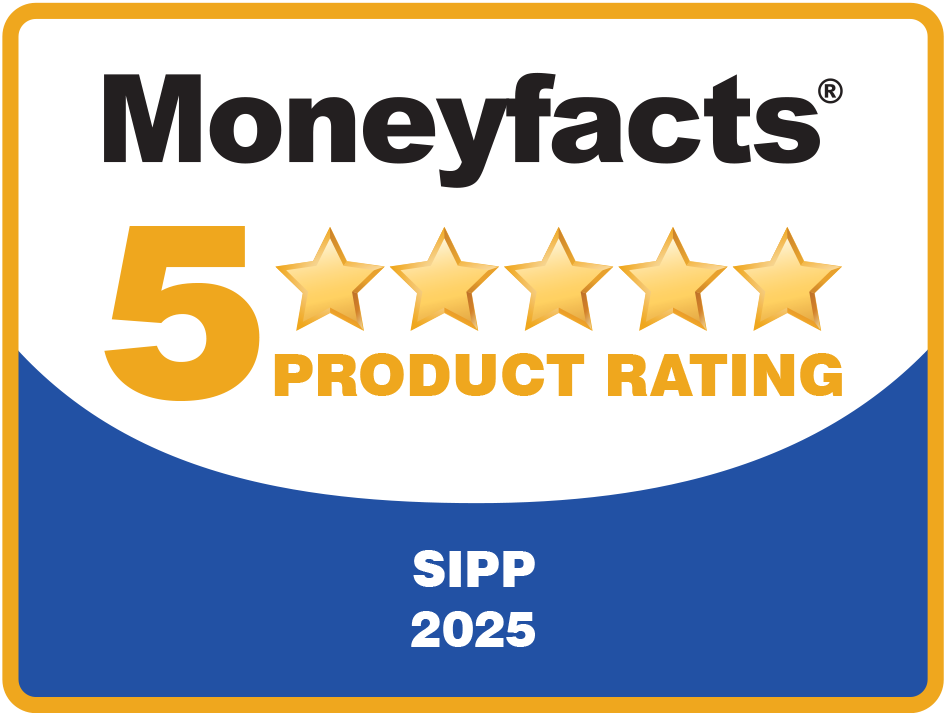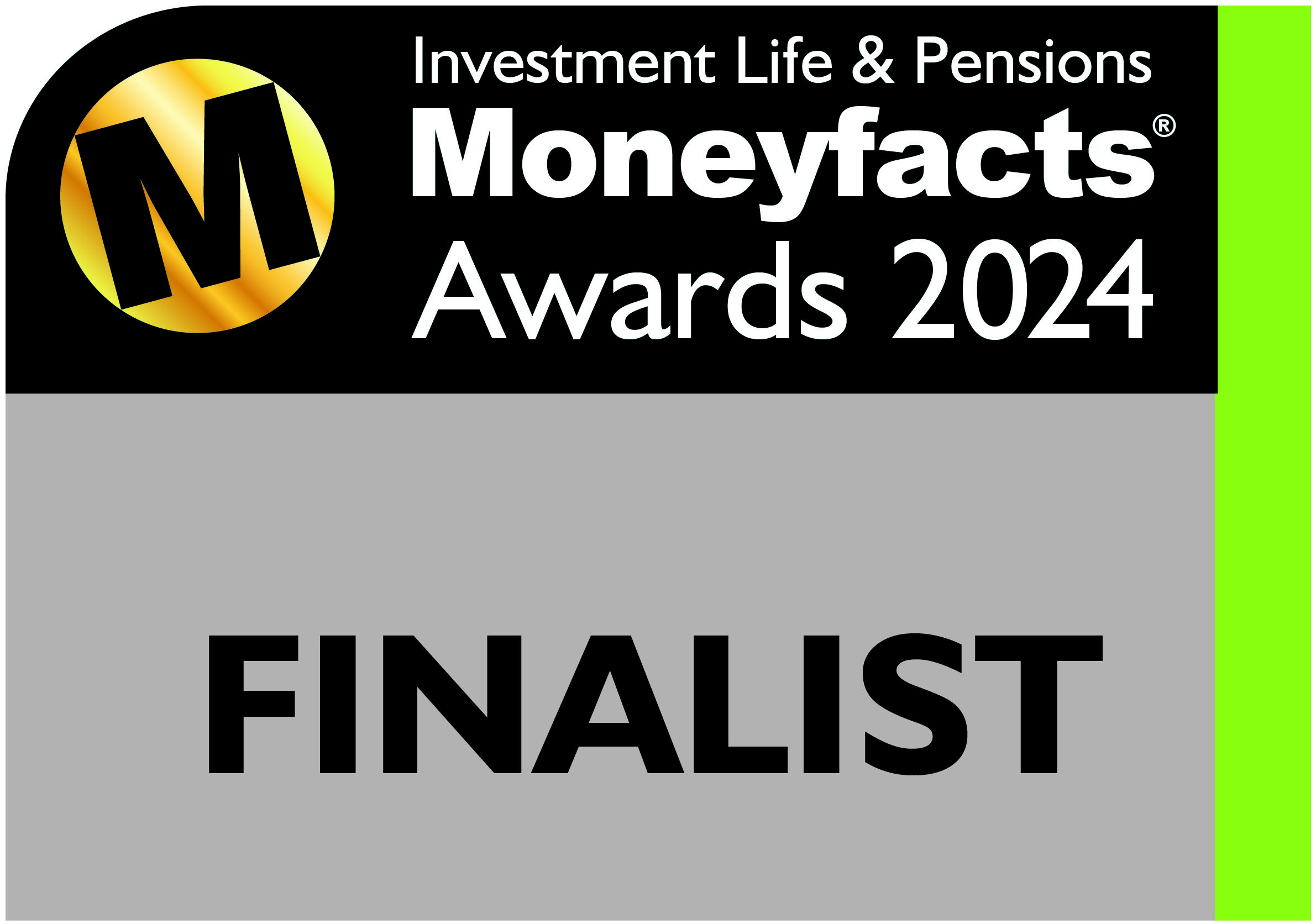2 practical ways a SIPP could help your clients deal with Corporation Tax changes
Each year the Budget is preceded with talk of a tax raid on pensions. Usually, these centre around the amount of tax relief available for pension contributions or changes to the 25% tax-free pension commencement lump sum.
This year was no different and, against the backdrop of the Covid-19 pandemic, many expected the chancellor to make significant changes. While there may not have been the headline-grabbing changes many were predicting, it would appear that some of the planned allowance increase freezes and future increases to rates will impact people more over the coming years.
For pensions, there was one significant announcement to the Lifetime Allowance which is worth considering. Read about this here.
There was also a change to the Corporation Tax rate, which gives advisers another opportunity to consider how pensions can be used as part of a tax planning exercise for companies.
How a SIPP could help your clients with Corporation Tax changes
The chancellor announced some significant changes to the levels of Corporation Tax in this year’s Budget.
The rate is currently 19% and, from 2023, companies with an annual profit below £50,000 will continue to pay Corporation Tax at this level.
However, for companies with annual profits in excess of £250,000, the level of Corporation Tax will rise to 25%. For those companies with annual profits between £50,000 and £250,000, a taper will be introduced, although the government are yet to provide details of this.
As recently as 2011, Corporation Tax was set at 26%. Although it has gradually fallen – to 19% in 2017 – the planned increases over the coming years will not be something businesses owners will welcome. No doubt corporate clients will turn to advisers and their accountants to see if any prudent planning can assist with their Corporation Tax bill.
There are two ways that a pension, and more specifically a self-invested personal pension (SIPP), can help.
- Paying pension contributions from the company
Pension contributions are usually Corporation Tax deductible, so clients could make contributions from their company. From 2023, making contributions from company profits could have an impact on the rate of Corporation Tax a company pays.
It should be remembered that company contributions need to be justifiable in order to ensure that they are not caught for Corporation Tax. The company accountant can usually confirm this.
For those staff members on higher remuneration packages, it may be possible to look at taking advantage of unused Annual Allowance from previous tax years which can be carried forward to increase the level of contribution that can be paid in the current tax year.
The Annual Allowance is £40,000 for 2021/22, unless your client is subject to either the Tapered Annual Allowance (TAA) or the Money Purchase Annual Allowance (MPAA).
Therefore, if your client has been a member of any registered pension scheme from 2018/19 and has not accrued any pension benefits across all schemes in which they are a member during this period, it may be possible to carry £40,000 forward from each of the 2018/19, 2019/20 and 2020/21 tax years, together with the Annual Allowance for 2021/22. This gives a total Annual Allowance of £160,000.
- The SIPP owning the premises from which the company trades
The second way a SIPP can help involves a pension such as a SIPP owning the premises from which the company trades.
Any property owned by a SIPP must have a lease in place where the tenant pays rent for the use of the building. Where the tenant is a client’s own company, the position is no different, except that the level of rent paid must be set at market value by a surveyor.
Like company pension contributions, rent is usually a Corporation Tax deductible expense. From 2023, the payment of rent could assist with companies paying a lower Corporation Tax percentage by reducing their profits to below a specific threshold.
Property purchase has always been a popular investment choice for IPM clients; we own more than 1,100 properties on behalf of our clients. Many of these properties are owner-occupied, that is, the tenant of the property is a company to which the SIPP beneficiary is connected.
If a business is already renting a property, then by purchasing a property using a SIPP the company is paying the rent the client’s own SIPP as opposed to a third party. This is often appealing to clients.
In addition, if a client’s company already owns the property from which they are trading, by selling all or part of it to a SIPP it can help release liquidity from the SIPP back into the company.
Given the difficulties a number of businesses have faced during the Covid-19 pandemic, it’s perhaps unsurprising that we have recently received an increase in enquiries regarding this. Read a case study about how this can help clients.
We have also written about some of the common types of property that IPM regularly purchase and the not-so-common property types that we have been asked to consider, which you may find to be of interest.
Get in touch
While it may not be the case for all companies, a combination of paying employer pension contributions along with rent for use of their business premises could have an impact of the level of Corporation Tax they will pay from 2023.
If you want to have a chat about the potential of SIPPs for your clients, or what the Budget might mean for them, please contact us. Email info@ipm-pensions.co.uk or call 01438 747 151.



